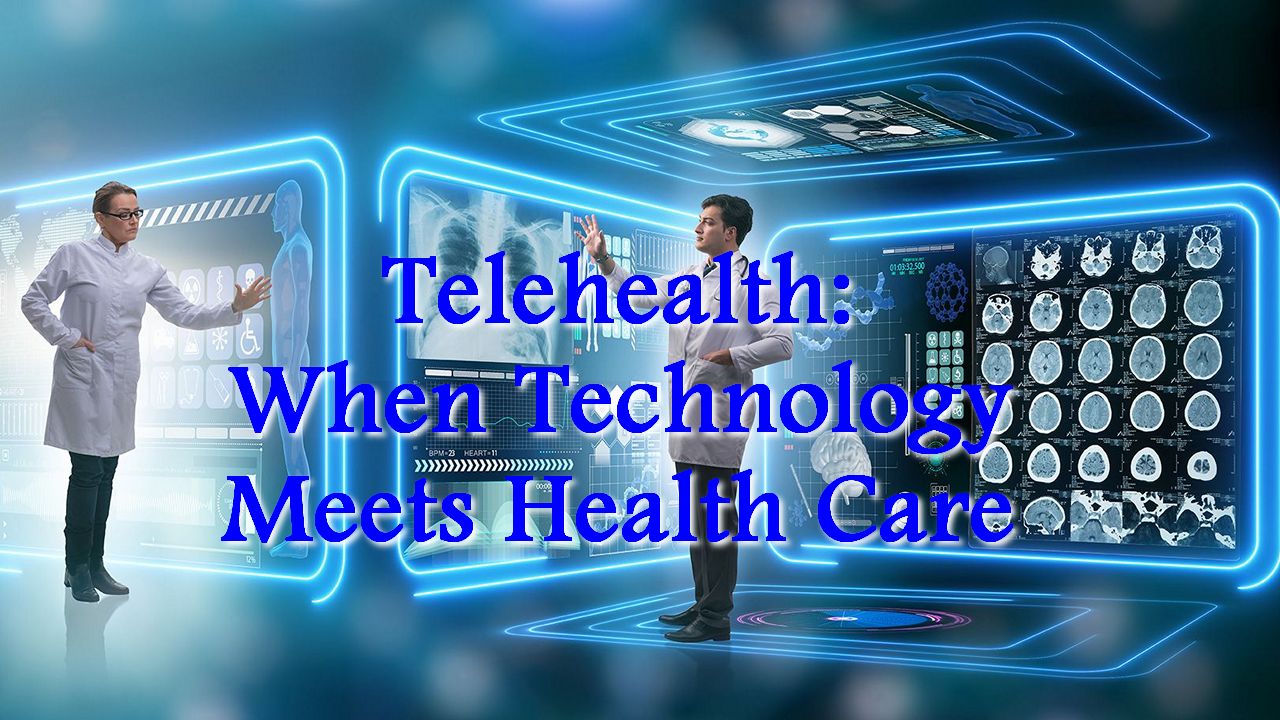Left and right, we can see the effect that the internet and technology have had on our lives and on the economy. Technological advancements have changed how products and services are offered, how people communicate, and how information is processed. One of the sectors that has benefited from technology is healthcare. It’s crucial to be aware of most technological novelties in case you want to develop and improve your health services. And if you are considering upgrading your office with a few telehealth tools, some of the best options available to you are looking through loads of information related to the topic or, for example, turning to a professional medical website by Officite or any similar one. You may check the link and make use of this office tool and boost the quality of service that you offer.
But whilst you are still hesitating, you may take time and proceed reading this article, where we will break down how technology has combined with health care and given birth to telehealth.
Telehealth

With the use of digital devices, communication, and processed information, patients can receive health care from wherever they are in the world. From the comfort of their homes or in the office, technology has granted us the power that our ancestors thought impossible. This is what telehealth can be defined as. To help you understand what telehealth is, here are some examples:
- The use of a device (mobile phone, tablet, or computer) by a medical practitioner to upload doses and medication to a patient.
- Use of online portals for communication between doctors and patients. Patient information, test results, and prescriptions can be posted there.
- Downloading applications on our smart devices that manage our nutritional intake.
- Patient reminder services that medical staff use to remind us of medical checks and other preventative care.
Some telehealth services have been expounded below:
Medical portal
Today, a patient portal has become an essential tool for any care clinic. The patient portal serves as a means for communicating private patient health information easily and safely. The portal is typically well protected with firewall and encryption services to guarantee the security of the information.
Virtual remote appointments
With more and more ground being covered by the internet, communication between parties can happen in the blink of an eye. Through the use of a videoconferencing platform, a doctor can be able to meet with their patient.
However, remote appointments only work best for minor illnesses. Some clinics make use of a question-based service. During the virtual meeting, there would be a nurse/ doctor who will guide you through a questionnaire of sorts. After the meeting, the medic would prescribe you the best medication for your illness.
For more serious illnesses, it is recommended that a physical appointment should be set up.
Monitoring
This is another benefit of improved technology, connectivity, and the penetration of the internet. For older patients who might require constant checkups, there are devices in the market that can measure and pass on information. Patient information that meets such criteria includes lung function, blood work, and pressure.
Patients at home may be asked to wear monitoring devices that take measurements periodically. At stipulated times, the devices will upload the information to the servers where the doctors will be able to download, analyze and offer their expert advice.





